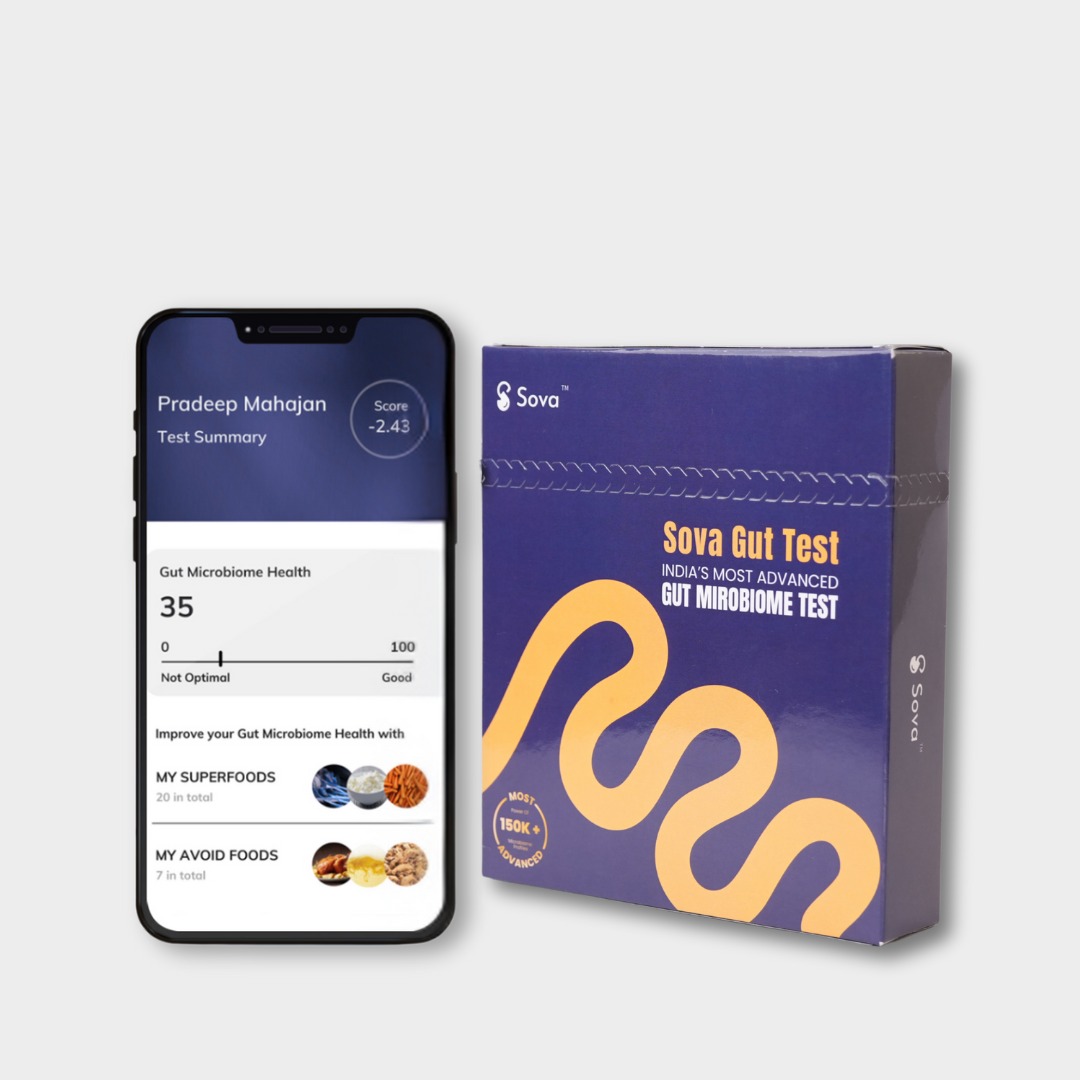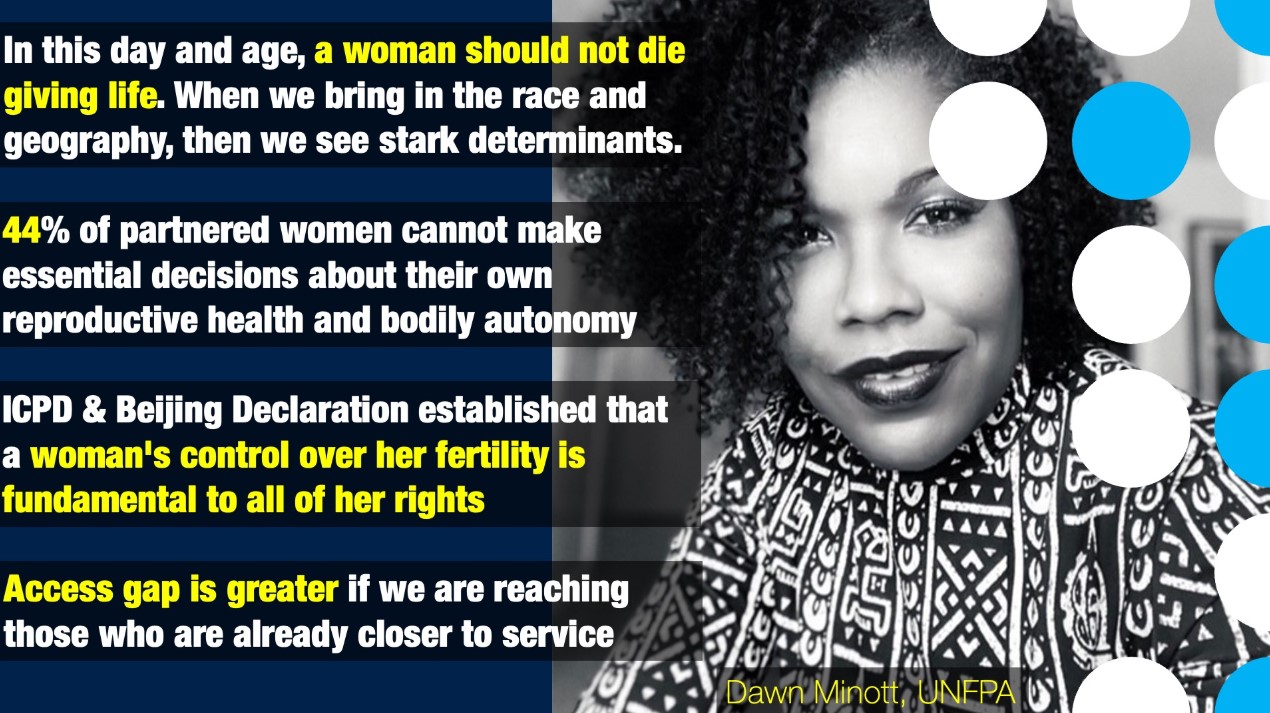Recent research published in the journal Frontiers in Nutrition provides valuable insights into the concentrations of heavy metals found in chocolates and cocoa-based products. This study, conducted by researchers at the George Washington University School of Medicine, aimed to assess the potential health risks associated with consuming these products.
The research analysed 72 cocoa-containing products, testing for heavy metals such as lead, cadmium, and arsenic. The findings indicated that most products fell below the limits set by the Food and Drug Administration (FDA) for lead contamination. However, when stricter limits set by California’s Proposition 65 were applied, 31 of the 72 products exceeded the limits for lead, and 13 of 37 exceeded the limits for cadmium.
Heavy metals are naturally occurring elements that can be harmful to human health if consumed in large quantities. In the context of food, heavy metals can enter products through various pathways, including contaminated soil, water, and industrial processing. The primary metals of concern in chocolate and cocoa products are lead, cadmium, and arsenic.
Lead is a toxic metal that can cause serious health problems, particularly in children. It can affect almost every organ and system in your body. Chronic exposure to lead can lead to developmental issues, reduced growth, and learning disabilities.
Cadmium is another harmful metal that can cause kidney damage and bone demineralization. Long-term exposure to cadmium can also increase the risk of cancer.
Arsenic exposure is associated with skin lesions, developmental effects, cardiovascular disease, neurotoxicity, and diabetes. Inorganic arsenic is classified as a Group 1 carcinogen by the International Agency for Research on Cancer.
The study concluded that consuming a single serving of these products is generally safe. A single serving is typically about 1 to 2 ounces (30 to 60 grams) of chocolate. However, consuming multiple servings or combining these products with other foods that contain heavy metals could lead to exposure levels that exceed safety recommendations.
The National Confectioners Association, representing the U.S. chocolate industry, responded to the study by stating that “chocolate and cocoa are safe to eat and can be enjoyed as treats as they have been for centuries.” They emphasized that the study’s findings confirmed the safety of these products when consumed in moderation.
While the study suggests that single servings of chocolate are safe, it also highlights the importance of moderation. Here are some recommendations for consumers:
1. Limit Consumption: Stick to the recommended single serving size of 1 to 2 ounces per day.
2. Diversify Diet: Ensure a balanced diet to avoid cumulative exposure to heavy metals from various food sources.
3. Stay Informed: Keep up-to-date with research and guidelines from health authorities regarding food safety.
To address potential risks, there should be continued efforts in:
1. Regulation: Stricter regulations and regular monitoring of heavy metal levels in food products.
2. Awareness: Increasing public awareness about the sources of heavy metal exposure and ways to minimize risk.
3. Research: Ongoing research to better understand the sources of contamination and develop methods to reduce heavy metal content in food products.
While chocolates and cocoa-based products are generally safe to consume in moderation, it is essential to be aware of the potential risks associated with heavy metal contamination. By adhering to recommended serving sizes and maintaining a balanced diet, consumers can enjoy these treats without compromising their health.
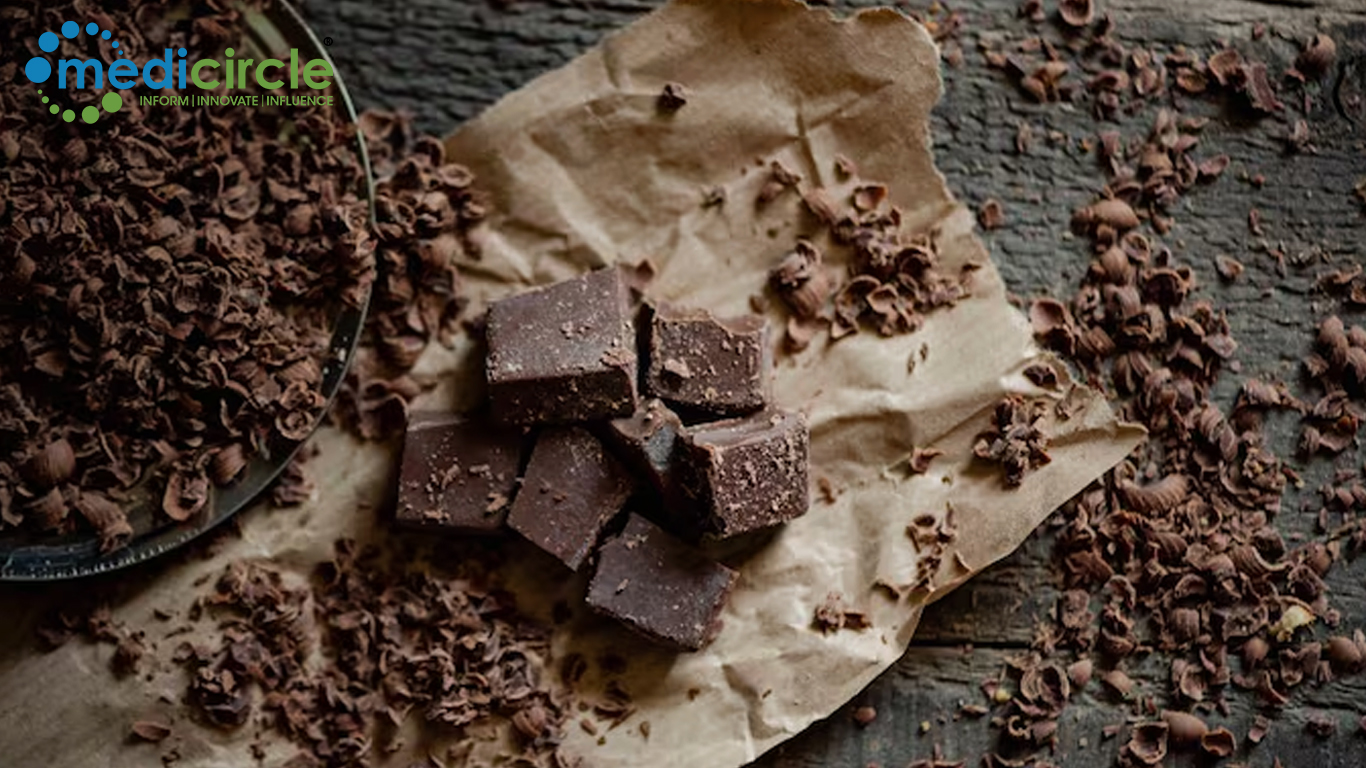
 While chocolates and cocoa-based products are generally safe to consume in moderation, it is essential to be aware of the potential risks associated with heavy metal contamination.
While chocolates and cocoa-based products are generally safe to consume in moderation, it is essential to be aware of the potential risks associated with heavy metal contamination.





.jpeg)
.jpeg)


.jpeg)

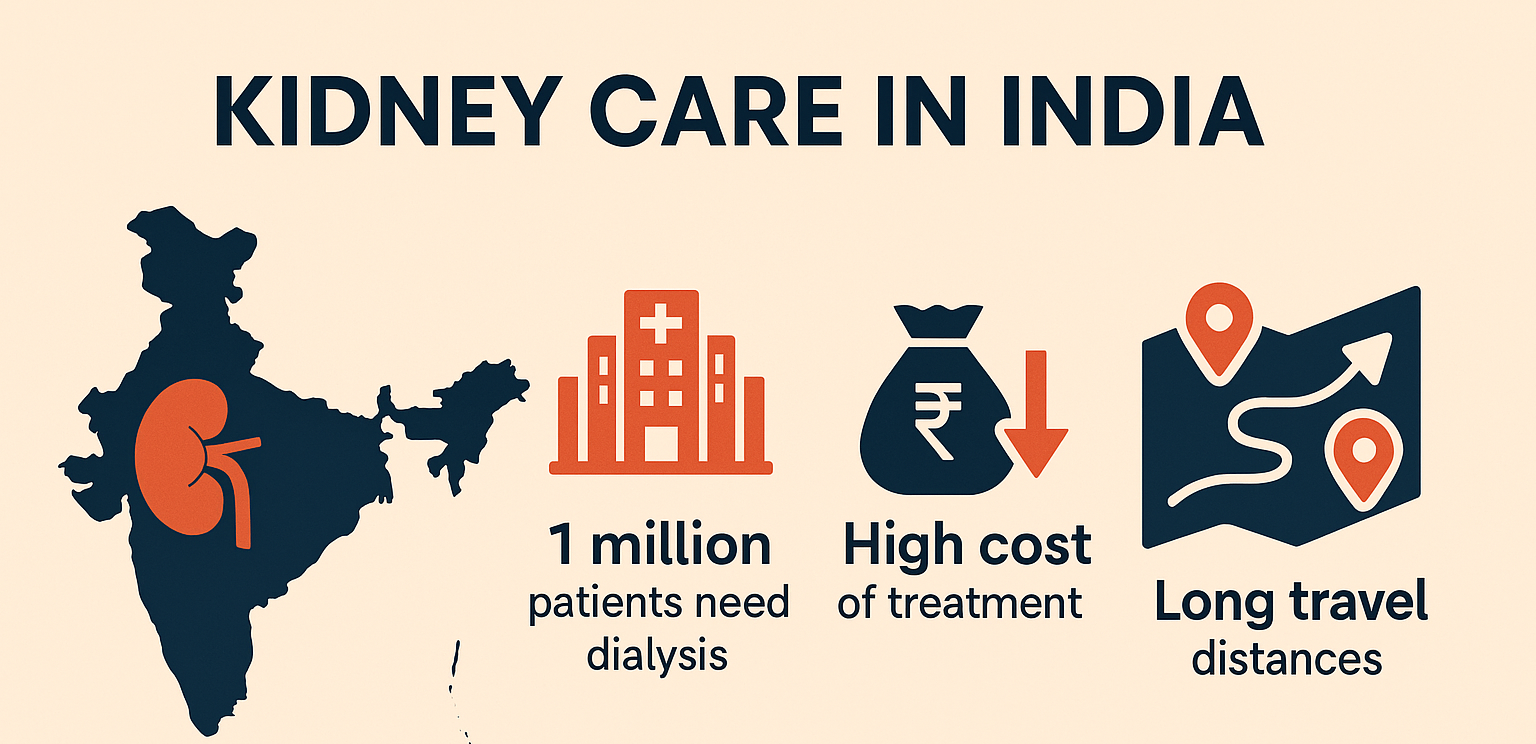
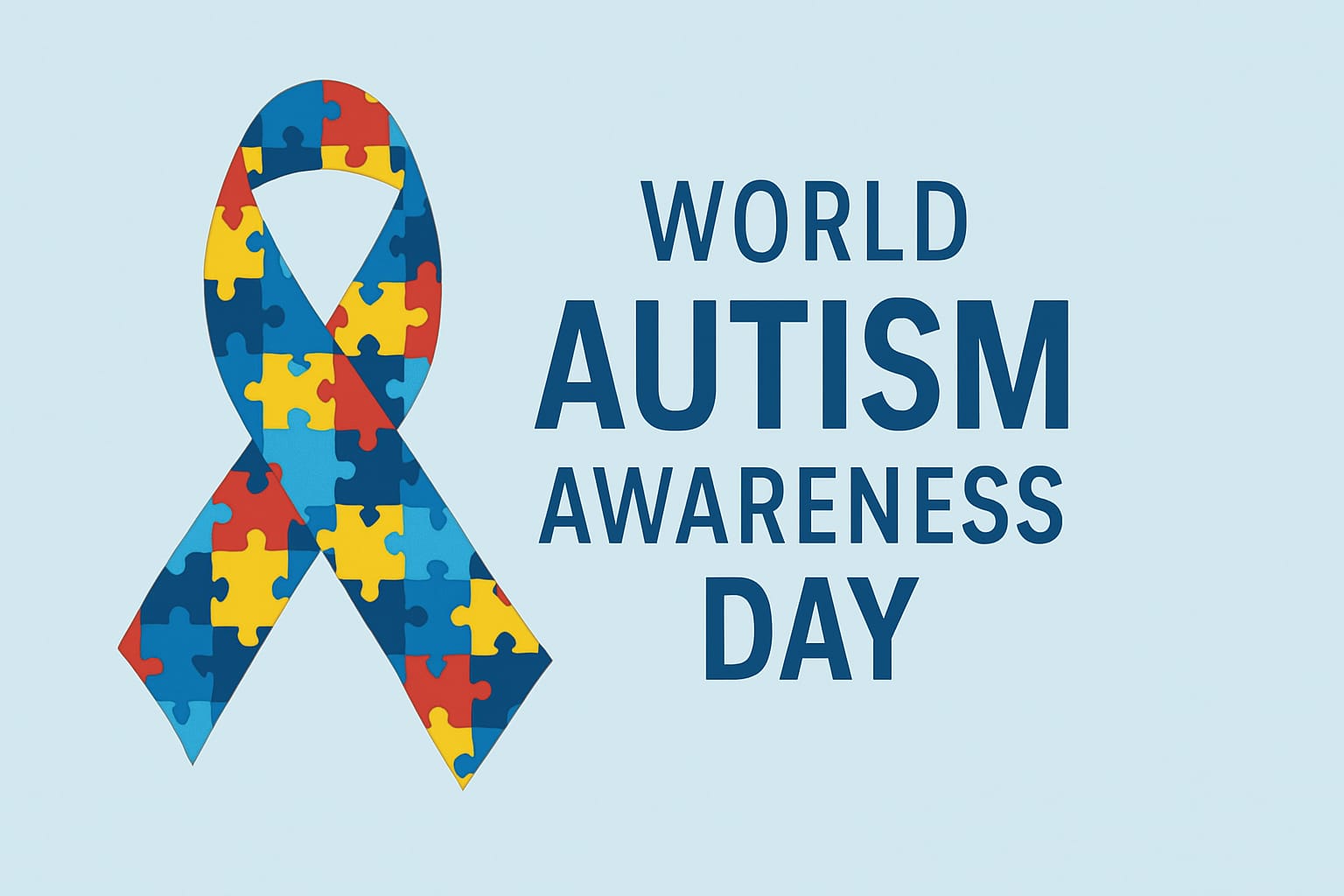






.jpeg)

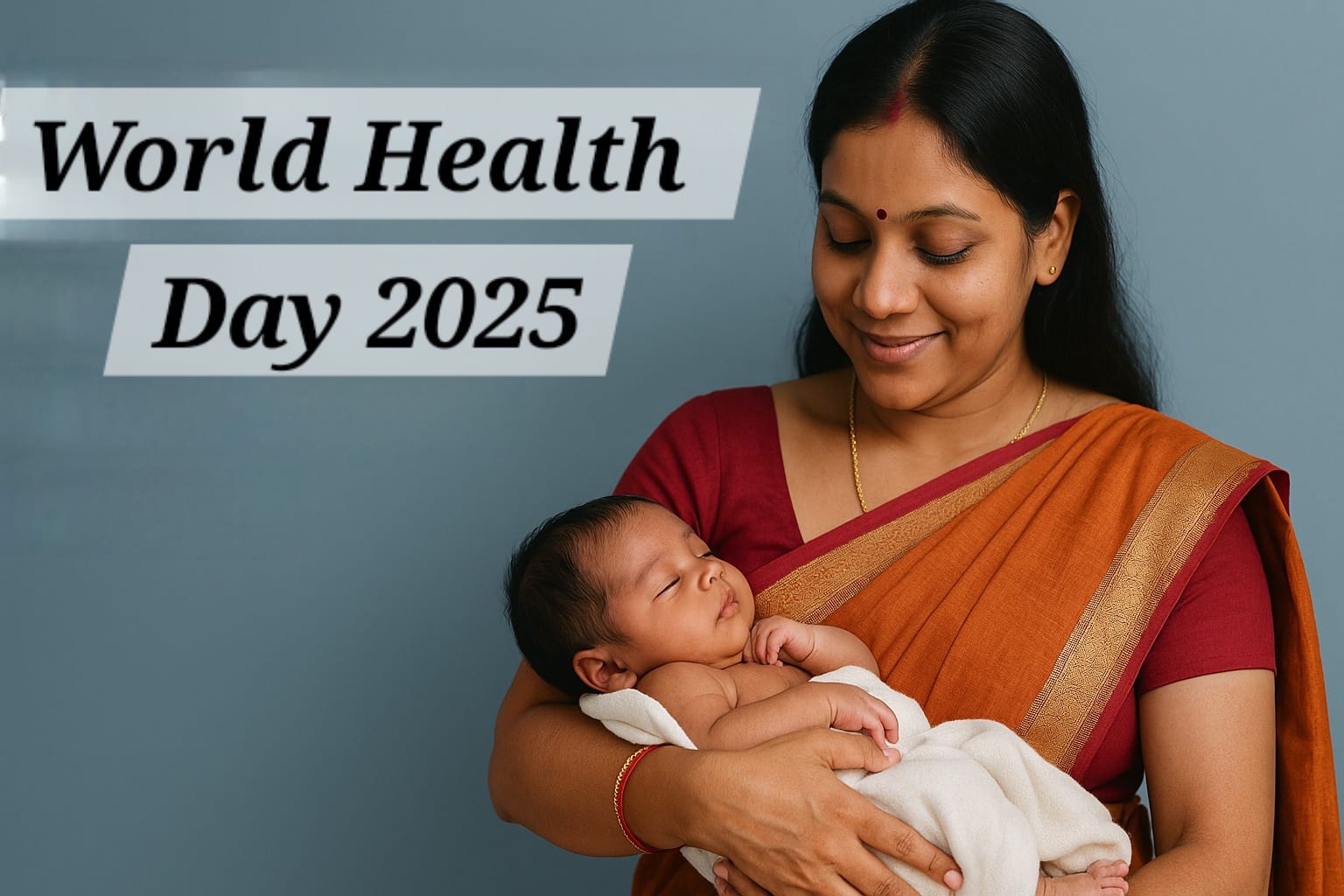


.jpeg)
